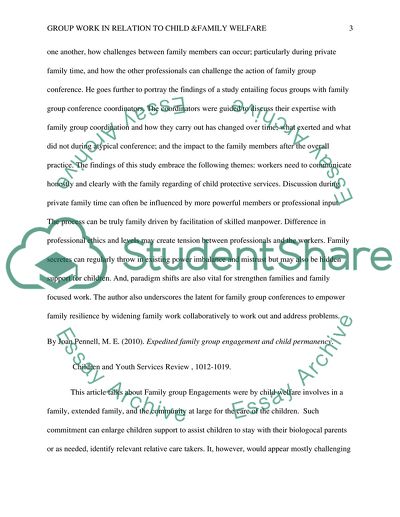Cite this document
(“Child and Family Welfare Annotated Bibliography”, n.d.)
Child and Family Welfare Annotated Bibliography. Retrieved from https://studentshare.org/psychology/1761963-group-work-related-to-substance-abuse-group-work-related-to-aging-andor-bereavement-or-group-work-related-to-child-family-welfare
Child and Family Welfare Annotated Bibliography. Retrieved from https://studentshare.org/psychology/1761963-group-work-related-to-substance-abuse-group-work-related-to-aging-andor-bereavement-or-group-work-related-to-child-family-welfare
(Child and Family Welfare Annotated Bibliography)
Child and Family Welfare Annotated Bibliography. https://studentshare.org/psychology/1761963-group-work-related-to-substance-abuse-group-work-related-to-aging-andor-bereavement-or-group-work-related-to-child-family-welfare.
Child and Family Welfare Annotated Bibliography. https://studentshare.org/psychology/1761963-group-work-related-to-substance-abuse-group-work-related-to-aging-andor-bereavement-or-group-work-related-to-child-family-welfare.
“Child and Family Welfare Annotated Bibliography”, n.d. https://studentshare.org/psychology/1761963-group-work-related-to-substance-abuse-group-work-related-to-aging-andor-bereavement-or-group-work-related-to-child-family-welfare.


